|
|
|
Life in Niger |
Life in Niger |
Life in Niger | Life in Niger |
For information, videos and photos of
the country of Niger Niger, check out our Niger profile pages.
More >
|
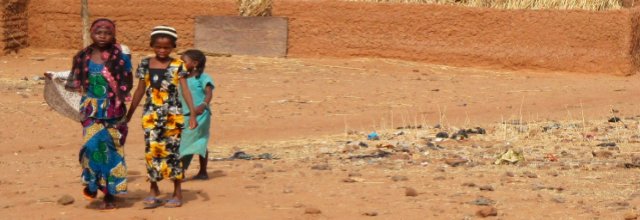
|
Life for Niger village children often consists of just running round, normally dirty, in donated American clothing, often not going to school for a number of reasons including a limited educational infrastructure and, although Niger has improved access to basic education considerably over the past 17 years, a fifth of children do not complete primary education and the majority does not complete lower secondary school (only 31% cent of girls and 42% of boys are even enrolled). This is reflected in national literacy rates of just 39.7% of the population (falling to just 13.7% of Nigeriens ages 65+ ). As is often the case, the figures are much worse for girls of whom 26.9% are literate compared with 50.2% of boys. Some insights into these figures can be gleaned from the fact that in Niger 76% of girls are married before the age of 18 while 36% of adolescent girls aged 15 to 19 have already given birth or are pregnant.
It is estimated that nearly half of Niger's population will be in need of food and water aid to prevent starvation, however the lack of international funds being made available means that aid agencies are forced to only meet the needs of children under the age of two, leaving potentially thousands to simply starve to death. Ironically, Niger has vast reserves of water underground with an estimated 2.5 billion cubic metres of water lying there, yet it is poorly exploited not least because of the country's poverty and lack of business and engineering acumen. Most rural communities gain their water through wells, sunk deep into the ground, however these are few and far between meaning mainly women and children have to spend hours everyday walking to the wells, drawing up the water by buckets as few of the wells have pumps, then walk back home, carrying the water in what is one of the hottest countries in the world. Some other facts about Niger; 80% of the population is Muslim of which 55.4% are Haoussa with the Djerma Sonrai and Tuareg at 21% and 9.3% respectively. Other people include the Peuhl (8.5%) and Kanouri Manga (4.7%). Most women have between 7-8 children and the HIV prevalence for Niger was just 0.2% in 2020, lower than many other Africa countries having fallen from 0.7% in 2001. The video provides further insights into daily village life in Niger. |
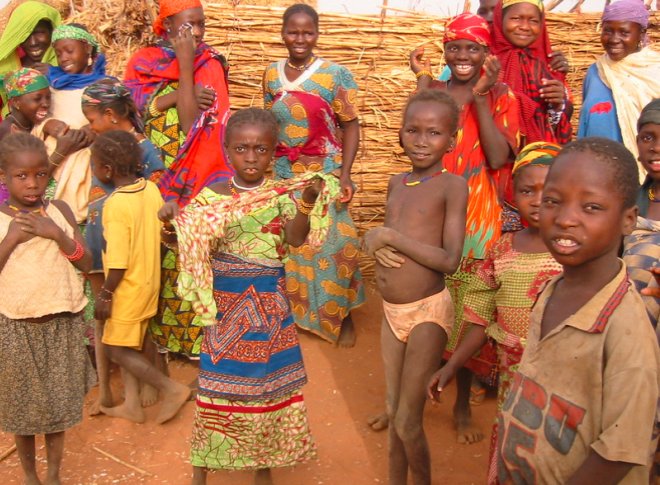

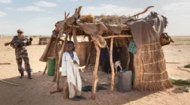

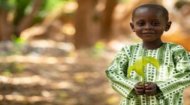
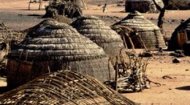


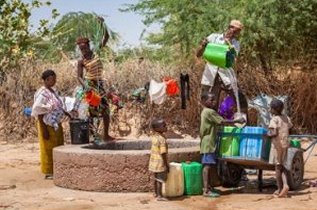 80% of Niger's population is dependent on subsistence farming and around most villages are their cultivated sorghum and millet fields, which themselves are surrounded by the wild, untamed African bush. Some villagers have trucks but most journey by donkey and cart. Many women will work all day from down to dusk pounding millet, beads of sweat breaking and running down their faces as they lift the heavy wooden clubs above their head, then thrashing them back down into their millet-filled mortars. Men will toil on the land and, at the end of the day, throw their dulled machetes down onto the dust, and sit brewing tea with a circle of friends. Life in a Niger village is always fraught with danger, from droughts to floods and infectious diseases such as rabies, malaria, diarrhoea and typhoid fever. The country has also suffered from the shrinking of Lake Chad, one of its few above ground sources of water. Rainfall has dropped by an estimated 50% in the last 30 years, and coupled with a surge in the country's population (not helped by an influx of refugees from northern Mali), Niger is now gripped by a water crisis and inevitably a food crisis as crops and livestock die due to a lack of water.
80% of Niger's population is dependent on subsistence farming and around most villages are their cultivated sorghum and millet fields, which themselves are surrounded by the wild, untamed African bush. Some villagers have trucks but most journey by donkey and cart. Many women will work all day from down to dusk pounding millet, beads of sweat breaking and running down their faces as they lift the heavy wooden clubs above their head, then thrashing them back down into their millet-filled mortars. Men will toil on the land and, at the end of the day, throw their dulled machetes down onto the dust, and sit brewing tea with a circle of friends. Life in a Niger village is always fraught with danger, from droughts to floods and infectious diseases such as rabies, malaria, diarrhoea and typhoid fever. The country has also suffered from the shrinking of Lake Chad, one of its few above ground sources of water. Rainfall has dropped by an estimated 50% in the last 30 years, and coupled with a surge in the country's population (not helped by an influx of refugees from northern Mali), Niger is now gripped by a water crisis and inevitably a food crisis as crops and livestock die due to a lack of water.


